- info@mountadventureholidays.com
- +977 - 9843746611
A high-altitude expedition in Nepal can be an incredible and challenging adventure. Nepal is home to some of the world's highest mountains, including Mount Everest, and offers numerous opportunities for mountaineering and trekking enthusiasts. Here are some key points to consider for a high-altitude expedition in Nepal:
Choose your objective: Nepal offers a range of options for high-altitude expeditions, from popular peaks like Everest and Annapurna to less-crowded peaks like Island Peak and Mera Peak. Consider your experience, fitness level, and the technical requirements of each peak before making a decision.
Research and planning: Thoroughly research the peak you intend to climb. Understand the required permits, the best climbing seasons, and the route details. Consider hiring a local guide or joining a reputable expedition company to ensure safety and logistical support.
Physical fitness and acclimatization: High-altitude climbing demands excellent physical fitness. Engage in a comprehensive training program that includes cardiovascular exercises, strength training, and endurance activities. Additionally, plan for proper acclimatization by gradually ascending to higher altitudes, allowing your body to adapt to the reduced oxygen levels.
Permits and Documentation: Obtain the necessary permits and paperwork for your expedition. This includes the climbing permit, trekking permits (if applicable), and national park fees. Consult with the local authorities or your expedition company to ensure you have all the required documents.
Gear and equipment: Invest in high-quality mountaineering gear suitable for high-altitude conditions. This includes clothing, boots, crampons, ice axes, ropes, harnesses, helmets, tents, and sleeping bags designed for extreme weather conditions. Renting or purchasing equipment locally in Nepal is also an option.
Experienced guides and support staff: Engaging experienced guides and support staff is crucial for a safe and successful expedition. They possess local knowledge, provide guidance on climbing techniques, assist with logistics, and ensure your safety throughout the journey. Research and choose a reputable company or guide who has a proven track record.
Climbing seasons: The main climbing seasons in Nepal are spring (March to May) and autumn (September to November). These seasons generally offer more stable weather and better climbing conditions. However, weather conditions can be unpredictable in the mountains, so always be prepared for changes and consult with your guide or expedition company for the latest updates.
Safety precautions: High altitude climbing carries inherent risks. Be aware of altitude sickness symptoms and know how to respond to them. Carry necessary medical supplies and ensure you have a comprehensive understanding of rescue and evacuation procedures in case of emergencies.
Environmental considerations: Nepal's pristine mountain environments are fragile, and it's essential to minimize your impact. Follow the principles of Leave No Trace, respect local customs and culture, and be mindful of waste management during your expedition.
Remember, high-altitude expeditions in Nepal can be physically and mentally demanding, requiring adequate preparation and training. It's important to prioritize safety, respect the mountains, and be prepared for the challenges that lie ahead.
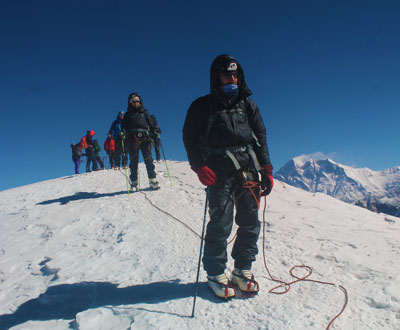
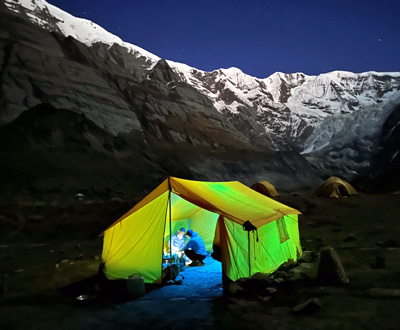
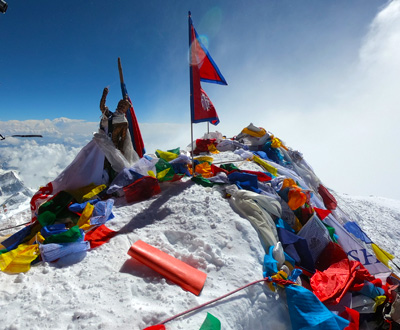
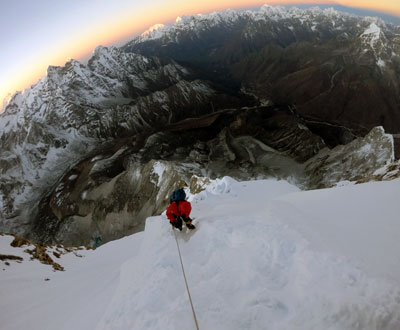
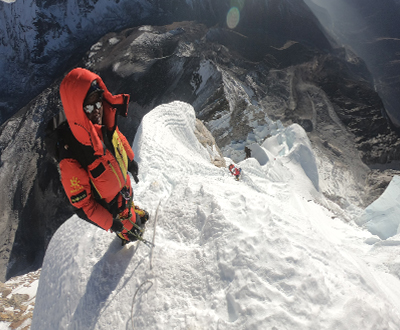
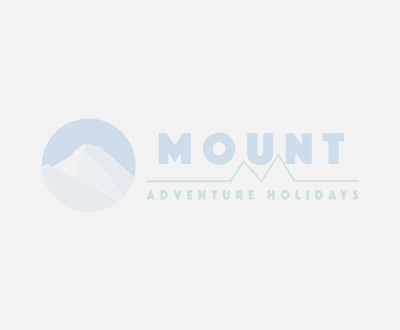

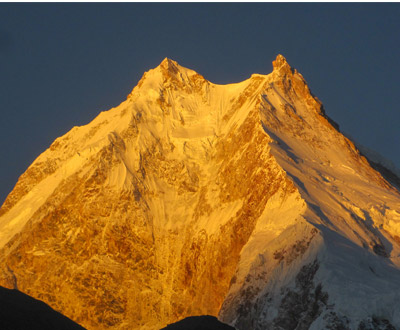
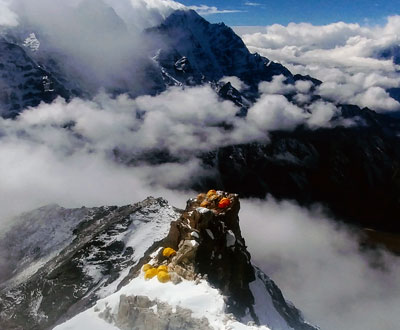
© Copyright 2025 Mount Adventure Holidays ,All rights reserved. | Developed by : Web Design In Nepal